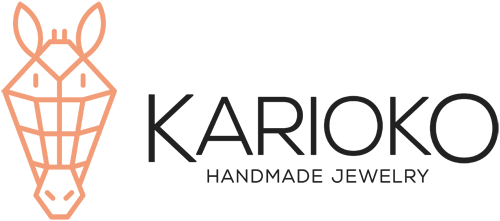Education is central to reduce poverty, eliminating gender equality and fostering peace. But about 265 million children and adolescents around the world still do not have the opportunity to enter or complete school and 617 million children and adolescents cannot read and do basic math.
In Africa specifically, in recent decades countries spend tremendous effort in closing the education gap to the rest of the world. The results are significant especially in improving primary school enrollment, but inequalities and inefficiencies remain as the major obstacles.
Over 80% primary school enrollment
According to United Nations Educational, Scientific and Cultural Organization (UNESCO), Africa’s primary school enrollment rate exceeds 80% on average. Thanks to the local governments and helps from various partner-organizations in building schools and sending teachers even to the most remote corner of the continent, more children in Africa are going to school than ever before.
Despite the successes in primary school enrollment, Africa still has a long way to go. “It is widely accepted that Africa’s education and training programs suffer from low-quality teaching and learning, as well as inequalities and exclusion at all levels,” Zipporah Musau reported in African Renewal.
Lack of quality education hurts the early success
Success in ensuring universal access does not guarantee universal completion of primary level education, let alone transition into secondary or tertiary schools. In fact, the current progress in education cannot even enable students to obtain enough basic skills, such as reading and fundamental math, to achieve successful and productive lives. According to the Youth Literacy Rate reported by World Inequality Database on Education, only 67% of young people aged 15-24 in sub-Saharan Africa can read a simple sentence.
Gender disparity at girls’ expense is still common
Regarding gender equality in education, large gaps exist in access, learning achievement and advanced studies, most often at the expense of girls, with less than 40% of girls completing lower secondary school in sub-Saharan Africa.
UNESCO’s Institute for Statistics reports that more girls than boys remain out of school in sub-Saharan Africa, where a girl can expect to receive only about nine years of schooling while boys can expect 10 years (including some time spent repeating classes).
In addition, more girls than boys drop out of school before completing secondary or tertiary education in Africa. Globally, women account for two-thirds of the 750 million adults without basic literacy skills.
Quality education keeps benefiting only the elites
According to recent research, Africa has the world’s lowest secondary school rates of enrollment: 28% of children get enrolled in secondary school. One of the main factors of such low transition is limited household income.
Poverty has limited children’s access to pursue further education, especially those who come from the poorest households. According to the World Inequality Database on Education, across the African continent, the percentage of Out-School-Adolescents from the poorest families is 35% more than that from the richest families. Instead of studying at school, around 90 million of African teenagers must struggle for employment in low-paid and physically tricky jobs. As it is now, only the elites benefit from quality education.
Africa is the world’s least efficient region at utilizing education spending
According to Financial Times, in 2020, Africa will account for almost all the $21bn annual gap in education finance in low-income countries. Published in African Economic Outlook 2020, the continent is among the highest spenders on education in the developing world, at an average of 5 per cent of national GD. And yet, Africa remains the world’s least efficient region at utilizing education spending. Africa needs to spend more efficiently to close the gap in education finance.
Karioko’s dream is to empower women artisans so they can be the driver of children’s education in the household
At Karioko we believe that women are a key driver of change in the household. Research shows that household income is linked to decisions regarding children’s education, with a positive association between parental income and children’s years of schooling. Your purchase with Karioko helps alleviate variations in permanent income of our artisans in these difficult COVID times, where tourism halted, and our artisans struggle to find local sources of income, and this is a positive impact that affects also their families, children and communities.


